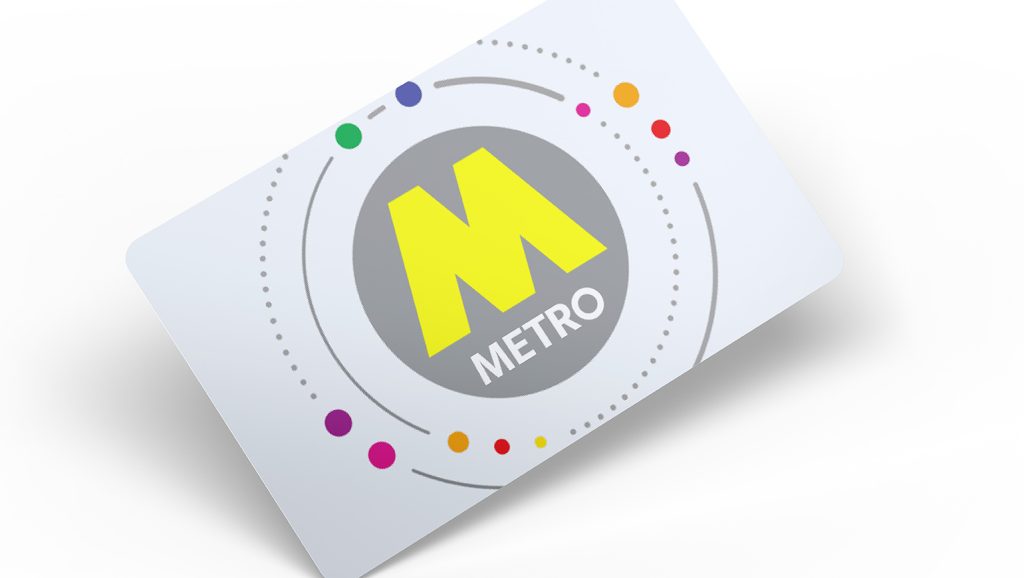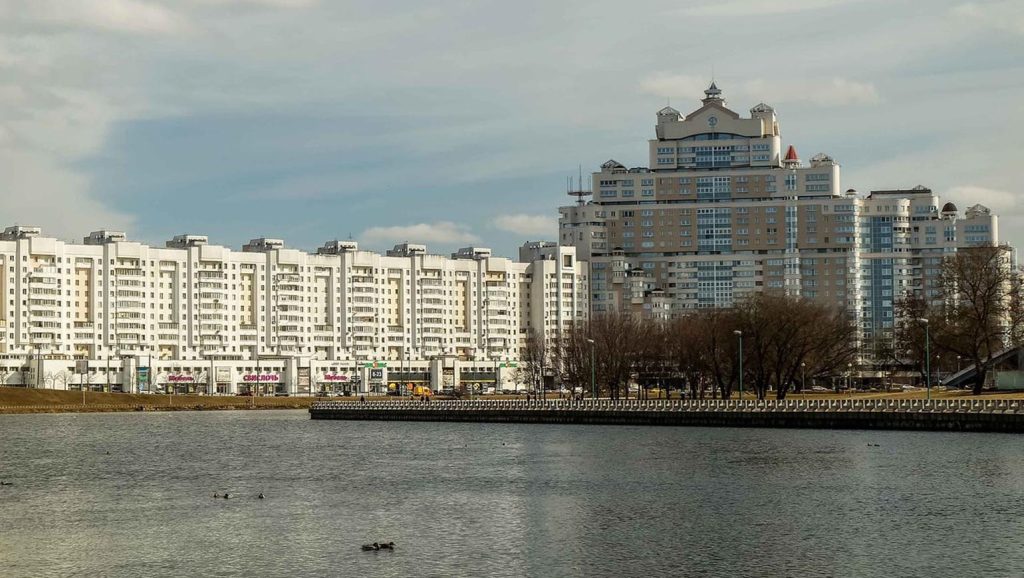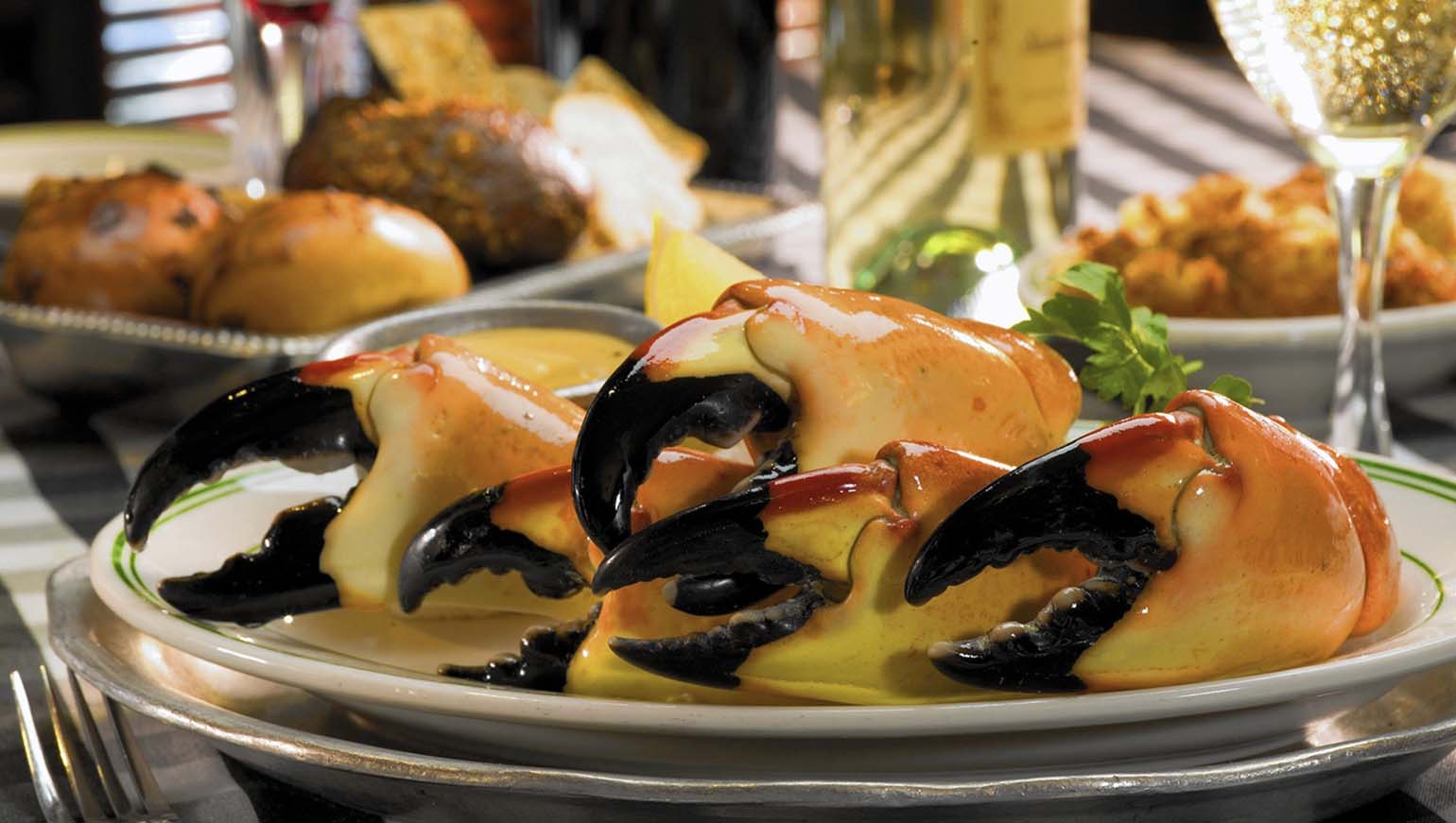Embarking on a journey to Belfast is not merely a tourist venture; it’s an opportunity to immerse oneself in the city’s culture, indulge in local delights, and traverse its streets with confidence. In this extensive travelogue, I will share vital insights and practical tips garnered from my own experiences, aiming to empower fellow travelers with the knowledge to explore Belfast seamlessly.
Book Your Trip: Logistical Tips and Tricks
Book Your Flight
Find a cheap flight by using OneTravel. It’s my favorite search engine because it searches websites and airlines around the globe so you always know no stone is being left unturned.
Book Your Accommodation
You can book your hostel with Expedia. If you want to stay somewhere other than a hostel, use Kiwi as it consistently returns the cheapest rates for guesthouses and hotels.
Ready to Book Your Trip?
Check out my resource page for the best companies to use when you travel. I list all the ones I use when I travel. They are the best in class and you can’t go wrong using them on your trip.
Packing Like a Seasoned Traveler
Travel Essentials:
1. Passport and Pertinent Travel Documents:
- Passport: Ensure your passport is valid for at least six months beyond your planned return date. Make photocopies of the main page and any relevant visas.
- Visa Documentation: Include any necessary visas for the countries you’ll be visiting. Check entry requirements well in advance.
- Travel Insurance: Carry a physical and digital copy of your travel insurance policy, including emergency contact information.
- Itinerary: Print a copy of your itinerary, including flight details, accommodation reservations, and any pre-booked activities.
2. Adaptable Travel Adapter for Electronic Devices:
- Universal Adapter: Invest in a quality universal travel adapter compatible with different plug types worldwide.
- USB Ports: Opt for an adapter with USB ports to charge multiple devices simultaneously.
- Voltage Compatibility: Ensure the adapter is suitable for the voltage of your destination to prevent damage to your electronic devices.
3. Portable Charger Ensuring Constant Connectivity:
- High Capacity: Select a portable charger with a high mAh (milliampere-hour) capacity to recharge devices multiple times.
- Fast Charging: Look for a charger with fast-charging capabilities for quick and efficient power replenishment.
- Multiple Ports: If traveling with companions, consider a charger with multiple USB ports to share power.
4. Multi-Tool for Practical Applications:
- Swiss Army Knife: Choose a compact multi-tool with essential functions such as a knife, screwdriver, scissors, and bottle opener.
- TSA Compliance: Ensure the multi-tool complies with Transportation Security Administration (TSA) guidelines to avoid confiscation at airports.
- Durability: Opt for a sturdy, well-built tool that can withstand various situations.
5. A Compact yet Comprehensive Travel-Sized First Aid Kit:
- Basic First Aid Items: Include band-aids, antiseptic wipes, adhesive bandages, and tweezers for minor injuries.
- Medications: Pack any necessary prescription medications, pain relievers, and anti-diarrheal medicine.
- Personalized Items: Tailor the kit to your specific needs, considering any allergies or medical conditions.
- Emergency Contacts: Include a card with emergency contact numbers, both local and international.
Remember, the key to a successful trip is thorough preparation. Having these essentials ensures you’re equipped to handle various situations, from unexpected travel hiccups to minor health issues. Always adapt your kit based on your personal needs and the nature of your journey.
Dressing for Exploration:
1. Sturdy and Comfortable Walking Shoes for Urban Exploration:
- Supportive Design: Look for shoes with good arch support and cushioning to ensure comfort during long walks.
- All-Terrain Sole: Opt for a sole with excellent traction, suitable for various surfaces you might encounter in urban settings.
- Breathable Material: Choose shoes made from breathable materials to keep your feet comfortable, especially on warmer days.
- Stylish Yet Functional: Balance style with functionality to ensure your shoes complement your urban exploration attire.
2. A Weather-Resistant, Packable Jacket for Unpredictable Weather:
- Waterproof and Windproof: Invest in a jacket that provides protection against rain and wind to keep you dry and warm in unexpected weather conditions.
- Packability: Choose a jacket that can be easily folded or packed into a compact size, making it convenient for travel.
- Breathability: Ensure the jacket is breathable to prevent overheating, especially during mild weather when rain is present.
3. Layers to Accommodate Fluctuating Temperatures:
- Base Layer: Start with a moisture-wicking base layer to keep sweat away from your skin and maintain comfort.
- Insulating Layer: Add an insulating layer, such as a fleece or down jacket, to trap body heat in colder conditions.
- Outer Layer: The weather-resistant jacket serves as an outer layer, providing protection against wind and rain.
- Adjustable Clothing: Choose clothing with adjustable features like zip-off sleeves or a convertible design for versatility in changing temperatures.
4. A Scarf and Hat for Chilly Evenings:
- Warm and Cozy Materials: Opt for a scarf and hat made from warm and cozy materials like wool or fleece to retain heat.
- Versatility: Choose a scarf that can double as a shawl or blanket for added versatility.
- Hat with Ear Coverage: If temperatures are particularly chilly, select a hat that provides coverage for your ears to prevent heat loss.
- Coordinate with Your Outfit: Ensure your scarf and hat complement your overall outfit, adding a touch of style to your urban exploration look.
5. Modest Clothing in Consideration of Local Customs:

- Long Sleeves and Trousers: Choose clothing items with long sleeves and trousers, particularly if visiting religious or conservative areas.
- Cultural Sensitivity: Research the cultural norms of the destination and dress accordingly to show respect for local customs.
- Lightweight Fabrics: Opt for lightweight, breathable fabrics suitable for the local climate while maintaining modesty.
- Neutral Colors: Consider neutral colors for your clothing to blend in with the local environment and minimize attention.
By carefully selecting and coordinating these clothing items, you’ll be well-prepared for urban exploration, adapting to various weather conditions while respecting the cultural norms of the places you visit.
Decoding Belfast’s Weather and Cultural Nuances
1. Weather Wisdom:
- Belfast weather is notorious for its capricious nature, hence pack layers.
- Arm yourself with a compact umbrella; rain showers are frequent.
- Stay updated with local weather forecasts for daily planning.
2. Embracing Local Culture:
- Navigate the locals’ affable yet reserved demeanor with a friendly disposition.
- Familiarize yourself with basic greetings in Irish (Gaelic).
- Engage in conversations about Belfast’s rich history and cultural heritage.
Gearing Up for Exploration
Travel Gear Must-Haves:
1. A Comfortable and Functional Backpack for Day Trips:
- Ergonomic Design: Look for a backpack with padded shoulder straps and a supportive back panel for comfort during extended wear.
- Adjustable Straps: Ensure the backpack has adjustable straps for a customized fit, distributing weight evenly across your shoulders.
- Multiple Compartments: Opt for a backpack with multiple compartments to organize your belongings, making it easy to access essentials on the go.
- Water-Resistant Material: Choose a backpack made from water-resistant material to protect your belongings from unexpected rain or spills.
2. A Reusable Water Bottle for Staying Hydrated on the Go:
- Durable Material: Select a water bottle made from durable materials like stainless steel or BPA-free plastic.
- Leak-Proof Design: Ensure the water bottle has a secure and leak-proof lid to prevent spills inside your backpack.
- Capacity: Choose a bottle with an adequate capacity to keep you hydrated throughout the day, considering the climate and your activity level.
- Easy to Carry: Opt for a bottle with a convenient handle or attachment point for easy carrying when not in use.
3. A Reliable Camera to Capture Memorable Moments:
- Quality of Imaging: Invest in a camera with good image resolution and quality to capture clear and vibrant photos.
- Portability: Consider a compact and lightweight camera for easy portability during day trips.
- Zoom Capability: If possible, choose a camera with optical zoom for capturing distant subjects without sacrificing image quality.
- User-Friendly Features: Look for a camera with user-friendly features, such as easy-to-navigate menus and quick autofocus, to enhance your photography experience.
4. A Foldable City Map for Quick and Efficient Navigation:
- Compact Design: Choose a map that can be easily folded into a compact size, fitting into your pocket or backpack for convenience.
- Clear and Detailed: Ensure the map provides clear and detailed information about the city’s layout, landmarks, and key points of interest.
- Water-Resistant or Laminated: Opt for a water-resistant or laminated map to protect it from unexpected rain or accidental spills.
- User-Friendly Design: Look for a map with a user-friendly design, including street names, landmarks, and a legend for easy navigation.
5. A Travel Guidebook Offering Historical Insights and Local Tips:
- Reputable Author: Choose a guidebook written by a reputable author or travel expert with in-depth knowledge of the destination.
- Historical Insights: Look for a guidebook that provides historical insights about the places you plan to visit, adding depth to your exploration.
- Local Tips and Recommendations: Opt for a guidebook that offers local tips, hidden gems, and recommendations for authentic experiences.
- Compact Size: Consider a compact-sized guidebook that easily fits into your backpack, allowing you to reference it on the go.
By incorporating these essentials into your day trip preparations, you’ll be well-equipped to navigate, capture memories, and make the most of your exploration with comfort and convenience.
Currency Exchange and Budgeting:
- Opt for local bank currency exchanges for favorable rates.
- Formulate a budget encompassing meals, attractions, and unforeseen expenses.
- Preemptively inform your bank of your travel dates to prevent card inconveniences.
Mastering the Metro System

1. Navigating the Metro:
- Utilize Belfast’s efficient Metro system for city exploration.
- Choose between single tickets or day passes based on your itinerary.
- Accessible timetables and routes are available online for meticulous planning.
2. Securing a Metro Card:
- Acquire a Smartlink card for discounted fares and streamlined travel.
- Load the card with credit to facilitate seamless journeys.
- Conduct a cost-effectiveness analysis between the Smartlink card and single tickets.
Street Eats and Food Safety
1. Popular Street Eats:
- Indulge in a traditional Ulster Fry for a hearty start to your day.
- Sample local seafood delicacies such as smoked salmon and mussels.
- Relish Irish stews or boxty for an authentic taste of local flavors.
2. Street Food Safety Tips:
- Choose vendors with high foot traffic for guaranteed freshness.
- Scrutinize food preparation hygiene for a worry-free dining experience.
- Leverage online reviews for insights into reputable street food vendors.
Connectivity and Mini Itinerary Planning
1. Getting a Local SIM Card:
- Invest in a local SIM card for cost-effective data and communication.
- Major carriers offer tourist-friendly prepaid plans for added convenience.
- Activate the SIM card upon arrival to ensure immediate connectivity.
2. Planning a 5-Day Mini Itinerary:
- Days 1-2: Explore Belfast City Center and visit the Titanic Quarter.
- Day 3: Venture on a day trip to Giant’s Causeway and Carrick-a-Rede Rope Bridge.
- Day 4: Immerse yourself in the cultural delights of Cathedral Quarter.
- Day 5: Unwind at Botanic Gardens and explore the Ulster Museum.
Adjusting Your Budget and Insurance Essentials
1. Budget Adjustments:
- Allocate a contingency fund for unforeseen expenses.
- Discover economical dining options at local markets and pubs.
- Consider implementing a daily spending cap to maintain fiscal discipline.
2. Recommending a Day Tour:
- Contemplate a Black Taxi Tour for a unique historical perspective on Belfast.
- Secure bookings in advance to secure preferred time slots.
- Engage with local guides for personalized and enriching insights.
3. The Importance of Travel Insurance:
- Prioritize comprehensive travel insurance for peace of mind.
- Scrutinize coverage for medical emergencies and potential trip cancellations.
- Maintain both digital and physical copies of insurance details for accessibility.
Mastering Belfast like a seasoned traveler necessitates a fusion of cultural acumen, logistical preparedness, and an adventurous spirit. From unraveling the intricacies of the Metro system to relishing street-side gastronomy and meticulously planning a balanced itinerary, these insights aim to elevate your journey. As I reflect on my sojourns in this captivating city, I trust these nuggets of wisdom will pave the way for your seamless exploration of Belfast. Safe travels!






